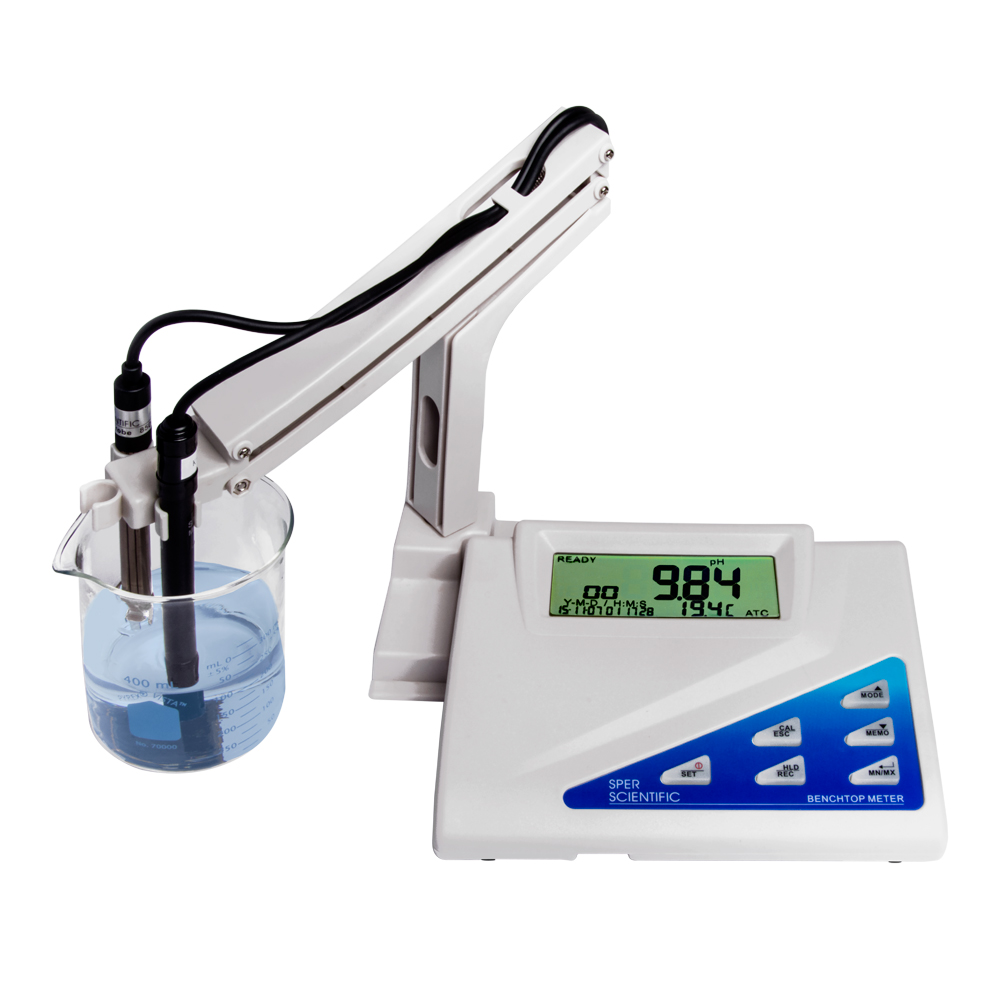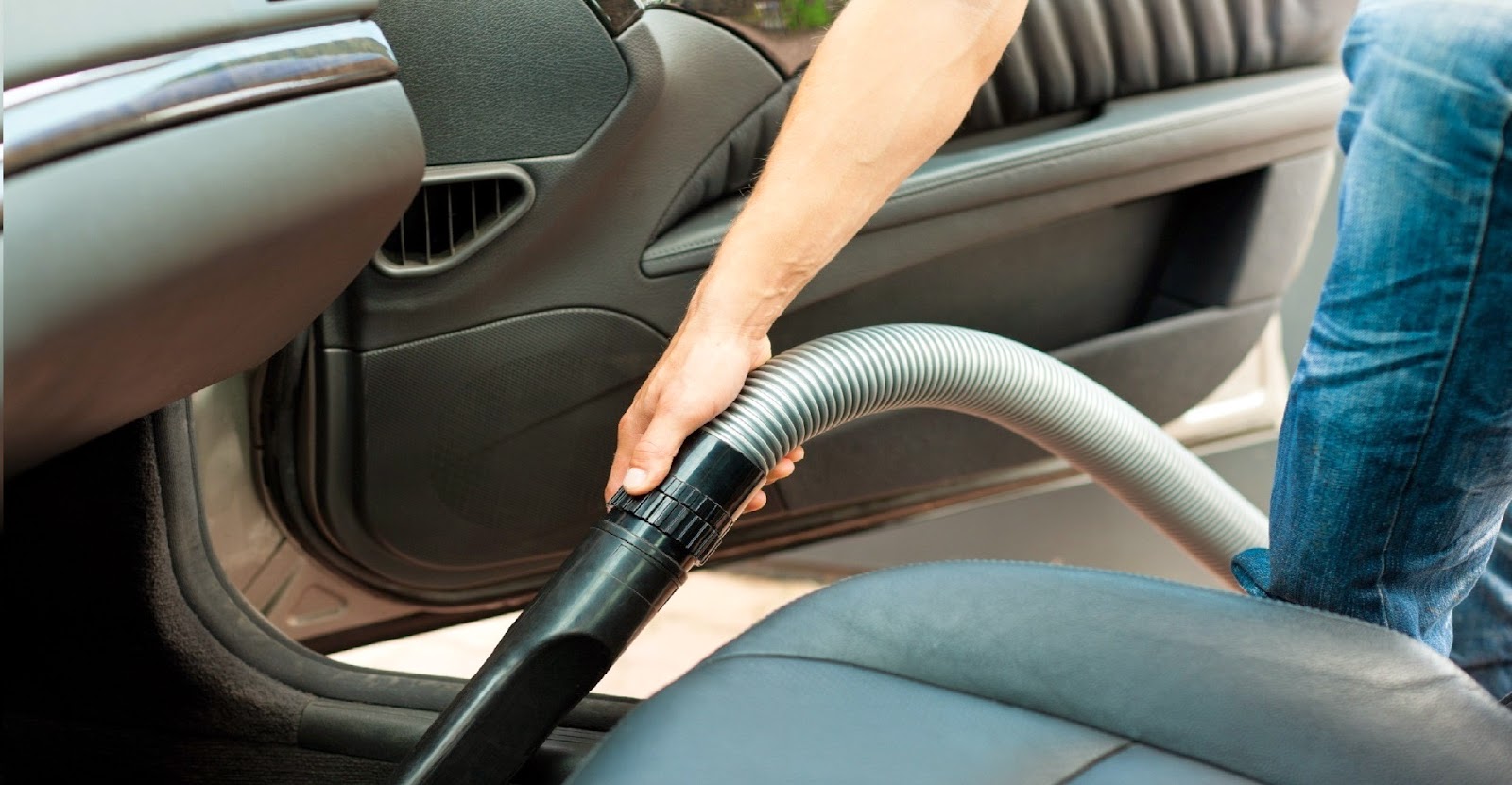
The Ultimate Guide to Cleaning Your Koi Pond: What to Use and How to Do It
Introduction
Koi ponds are beautiful additions to any home or garden. They provide a relaxing and tranquil atmosphere while showcasing the beauty of nature. However, like any other water features, koi ponds require proper maintenance and cleaning to keep them in good condition and ensure the health and well-being of your fish. In this article, we will discuss everything you need to know about cleaning your koi pond, from what to use to the step-by-step process.
Why Clean Your Koi Pond?
Cleaning your koi pond is essential for the following reasons:
- To prevent the buildup of harmful chemicals and bacteria
- To maintain the clarity and quality of the water
- To keep your fish healthy and happy
- To prevent the growth of algae and other unwanted plants
What to Use to Clean Your Koi Pond
Before cleaning your koi pond, you need to gather the necessary equipment. Here are some of the essential items you need:
1. Pond Skimmer
A pond skimmer is a tool used to remove debris and leaves from the surface of the water. It is essential to use a skimmer regularly to prevent the accumulation of dead leaves and other organic matter that can lead to water contamination and negatively impact the water’s quality.

2. Pond Vacuum
A pond vacuum is a powerful tool that removes dirt, sediment, and debris from the bottom of the pond. It is an excellent tool to use during a deep cleaning to remove accumulated waste that can negatively impact the pond’s water quality.

3. Algae Scraper
An algae scraper is a tool used to remove algae from the sides and bottom of the pond. Algae can overtake the pond and cause oxygen depletion, which can harm your fish. Scrubbing the algae regularly ensures it doesn’t take over the pond.

4. pH Tester
A pH tester is an important tool to have to ensure that the water’s pH level is within the appropriate range. High or low pH levels can harm your fish and negatively affect the water’s clarity and quality.

5. Water Pump
A water pump is used to pump water out of the pond during a deep cleaning. It is essential to have a water pump that can handle the amount of water in your pond. The water can be used to water plants around your garden and save water in the process.

The Step-by-Step Process of Cleaning Your Koi Pond
Now that you have gathered all the necessary equipment, it’s time to get your hands dirty and begin cleaning your koi pond. Follow these steps:
Step 1: Remove Debris from the Surface
Use the skimmer to remove debris and leaves from the surface of the water. Dispose of the organic matter properly in a bin or compost pile.

Step 2: Drain the Pond
Using the water pump, pump the water out of the pond. Drain the water in an area where it won’t cause damage or harm plants. It’s best to drain the pond completely to remove all the accumulated debris.

Step 3: Scrub the Pond
Scrub the pond’s sides and bottom using the algae scraper. Remove any algae growth or stubborn dirt that accumulated over time. Rinse the pond with a hose to remove any remaining debris.
Step 4: Vacuum the Pond
Using the pond vacuum, remove any sediment or debris from the bottom of the pond. Make sure to get all the dirt out, so your water maintains its clarity and quality. Dispose of the dirt properly.

Step 5: Refill the Pond
With the pond fully cleaned, it’s time to refill it with fresh water. Use a pH tester to ensure the water is in the appropriate range. Add necessary pond treatments and additives to keep the water’s chemistry stable.
Conclusion
Cleaning your koi pond may seem daunting, but with the proper equipment and knowledge, it can be a straightforward task. Regular cleaning and maintenance ensure your koi pond stays healthy and beautiful for years to come.